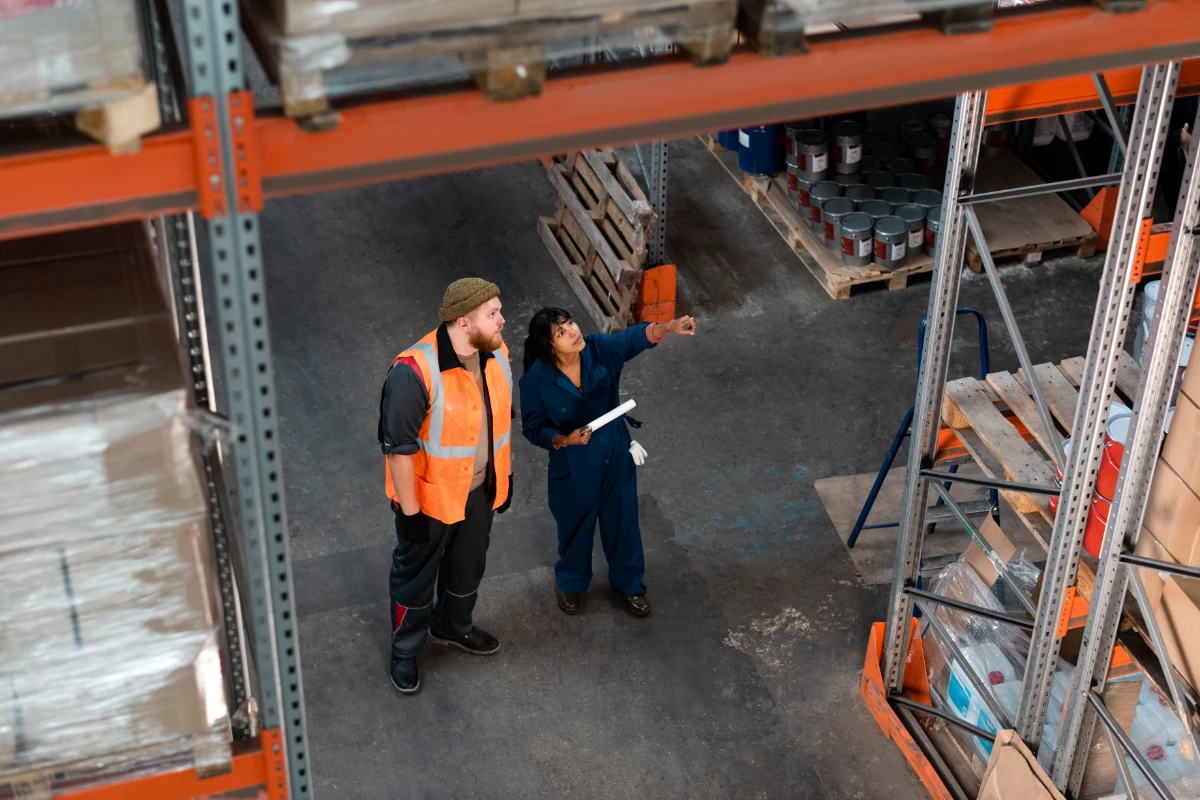Cleaning companies, as well as regular people, often throw around the terms cleaning, sanitizing, and disinfecting. These words might sound quite similar and bring to mind all the same images of scrubbing and wiping. But despite their almost synonymous use in everyday life, they each have distinct definitions that you should know. The different meanings are particularly important in the cleaning industry and for anyone getting involved in it.
Put simply, cleaning is the most basic form of removing dust, dirt, and particles from surfaces. And sanitizing takes it up a notch by killing bacteria on surfaces, but only 99.99 percent of them. Disinfecting eliminates 100 percent of certain bacteria as well as fungi and viruses, excluding spores, from surfaces. But neither sanitizers nor disinfectants kill all types of bacteria or other organisms—only certain ones.
Read more below about the differences in what each product kills and the methods which are best for specific scenarios.
The World of Germs
First, let’s look at the various meanings of the word “germs”. Germs are such a generic term that we all learn from a young age, coming up right after cooties. While germs are more real than imaginary cookies, they are almost as ambiguous. In the world of cleaning, the fun term describes the microorganisms of bacteria, fungi, and viruses that frequently make people and animals sick.
Bacteria are single-celled organisms that can cause infections and foodborne illnesses. Viruses are smaller than bacteria and can cause a myriad of different illnesses. Fungi are multi-celled organisms, almost like tiny plants. The tricky part about fungi is that they release spores to reproduce, and these spores can be very difficult to eliminate.
This is a wide range of microorganisms, so it’s important to know that products that claim they “kill germs” likely don’t kill all types of germs. There’s probably even an asterisk somewhere on the packaging stating such. Rather, certain products target certain germs that are most common or most problematic in the area that the product is meant to clean.
Cleaning
The cleaning process involves removing impurities from surfaces and objects. Primarily, it removes dirt and other particles that have settled on the surface. The products that accomplish this are made of soap and detergent combined with water. The water carries the soap to the site of the dirt and grime where the soap then binds to it and lifts it such that the water carries them all away together.

This mechanical process includes removing some germs, but not killing them. Rather, it reduces their numbers, thus lowering the risk of adverse effects from coming into contact with them. But because there will still be a good amount of them left, this risk remains relatively high compared to sanitizing and disinfecting.
Cleaning is important for surfaces that people handle very often. It not only reduces the risk of spreading and coming into contact with harmful germs but also makes the surfaces more pleasant to the touch. Countertops, desks, keyboards, toys, and phones are examples of items that should receive regular commercial cleaning services. Items in communal spaces such as bathrooms and break rooms are also highly important. This might include faucets, doorknobs, flush handles, dispensers, trash can lids, and fridge doors.
Apart from frequent cleaning of all surfaces, immediate cleaning is the first step for treating spills or other soiling events. This could include minor leaking of food material or something more severe such as bodily fluids. Treating these obviously dirty surfaces should always start with using gloves and precautions for avoiding contact with the material. Then, cleaning the surface removes the bulk of the risk, followed up with sanitizing or disinfecting the area.
Sanitizing
While regular cleaning can improve appearances and reduce the spread of germs, it’s not perfect. In fact, sometimes the towels and sponges used for cleaning can just further spread germs. Sanitizing helps avoid this by actively killing and removing bacteria that put our health at risk.

In a legal sense, sanitizing means removing bacteria to reach a public health standard safety level. Looking at US legal definitions, sanitizing products destroy 99.999 percent of specific microbial organisms within 30 seconds.
Unlike disinfectants, the specific microorganisms that a sanitizing product kills likely aren’t listed on the label. Generally, the bacteria that the sanitizers are tested and proven to kill are those which frequently cause foodborne illness. These bacteria are also very difficult to kill, so it is assumed that weaker bacteria also get killed in the process of sanitization. Thus the labels often claim general bacteria-killing capabilities.
The general effectiveness of sanitizers and their focus on foodborne illness bacteria makes them the ideal product for cleaning food preparation equipment and low-temperature machines. However, many surfaces such as three-tank sinks and hard surfaces require a full minute of contact instead of a minimum of 30 seconds. Always follow the instructions on product labels for proper use.
Disinfecting
Both cleaning and disinfecting have their limitations. Because sanitizing only kills 99.999 percent of organisms, it just isn’t enough for certain areas such as medical settings. Medical equipment needs to be completely disinfected of 100 percent of the organisms that sanitizing would leave behind. By US legal definitions for commercial products, disinfectants are products that kill all certain microbial organisms within ten minutes of application.

This includes any bacteria, viruses, and fungi species listed on the label of a particular product. Unlike sanitizers which assume their net catches weaker organisms, disinfectants specifically test their effectiveness against all organisms that their label claims to kill. With this in mind, it is still a reasonable assumption that other organisms get killed in the process of disinfection services, but they are not on the label because they are not the specific tested target of the product.
The Difference of .001%
The tiny difference between 99.999 and 100 percent may seem insignificant, but there are a couple of things to consider. The first is that microorganisms come in big numbers. One object or surface can have hundreds of thousands or even millions of bacteria on them. .001% of one million is one thousand bacteria left over.
These leftovers can then continue reproducing to get their numbers back up, leading to the second problem of increased bacterial resistance over time as each generation passes on resistant genes.
It’s generally not a good idea to leave behind such a small resistant population, but it’s particularly dangerous in certain settings. Thus medical settings will value the complete extermination of relevant microorganisms over the amount of time it takes to kill them, thus opting for disinfecting solutions with longer wait times.
But both disinfectants and sanitizers only have an effect on certain organisms, excluding spores. If it is important to rid an area of spores, another option is to use sterilants. Sterilants kill all microorganisms, including the spores that sanitizers and disinfectants can’t.
Implementing Disinfectants
The optimal implementation of disinfectants is right after basic cleaning and/or sanitizing of a surface. In this case, the majority of the dirt, grime, and bacteria have already been removed by the cleaning. So, all that remains are some leftover microorganisms. The disinfectant can then be sprayed onto the already-cleaned surface to take care of those leftovers. Because of their extreme germ-killing nature, they are typically used on surfaces such as walls, floors, toilets, and showers, but almost never on food preparation surfaces.
There are various types of disinfectant solutions that you can buy or even make yourself. Whether bought or homemade, some are harsher than others. But this also means they are more effective at killing various types of germs. For example, white vinegar and lemon/lime juice can work as mild and safe disinfectants for daily household use. But bleach (in small concentrations mixed with water) is more effective at killing a wider range of germs. To decide which products are best for you, consider the environment in which the product is to be used and how it will affect the people and animals that come into contact with it.
How to Optimize Cleaning, Disinfection, and Sanitization
When deciding what your facility needs, there are a few things to consider. The first is what types of germs and dirt you’ll be fighting, and the possible consequences of not cleaning thoroughly enough. If the area really doesn’t get that dirty and/or there isn’t much harm that a little dirt can do, then basic cleaning is likely good enough.

If you’re aiming to fight outbreaks of colds, flu, and the like in highly populated areas like schools, frequent sanitizing or disinfecting is a better bet. But you can optimize the cleaning schedule by considering factors such as the lifespan of a virus in question or the schedules of the facilities. For example, the flu virus only lives for 48 hours on surfaces without a host. Regularly, this would require daily cleaning. But if school is already out for a week then daily cleaning really isn’t necessary, and the virus will essentially be wiped out of the building by the end of the week.
Always consider these interconnecting factors to figure out what’s best for you and your facilities. By using the right methods at the right times, you may be able to both increase effectiveness while also reducing costs.




